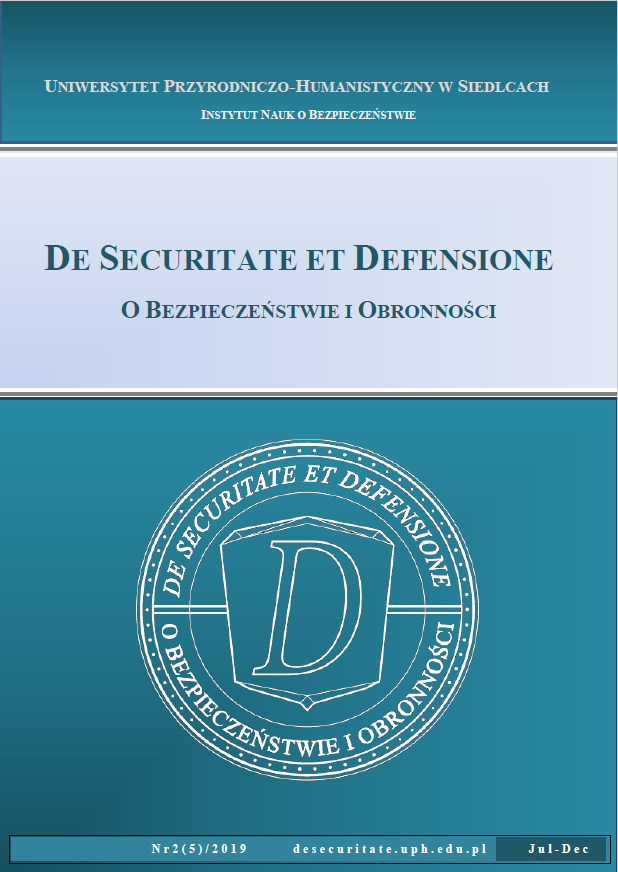China's Belt and Road Initiative and the Risk of Indebtedness among Its Beneficiaries
DOI:
https://doi.org/10.34739/dsd.2019.02.09Keywords:
Belt and Road Initiative, China, debt trap, infrastructureAbstract
Chinese Belt and Road initiative (BRI) is not only an economic or political project, but also has the potential to transform the international system. The initiative‘s impact is large – from stimulating the financing of infrastructure investments in various countries around the world to the development of new global supply chains. The scientific goal of the article is to analyze the consequences of implementing the initiative. The research problem is included in the following question: does the Belt and Road Initiative contribute to increasing Chinese influence in the world and carries the risk of driving poorer countries into the ―debt trap‖? The conclusion from the article is that China should create an improved version of the BRI initiative based on a better risk assessment of the current projects. Infrastructure investments, if not carefully implemented and controlled, may lead to consequences, such as increasing the debt of some countries in the long term.
Downloads




